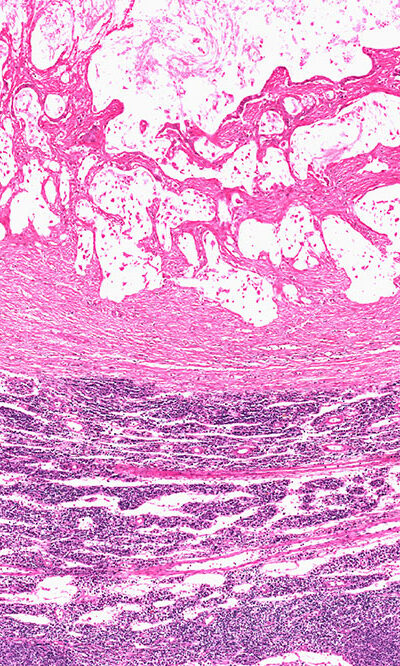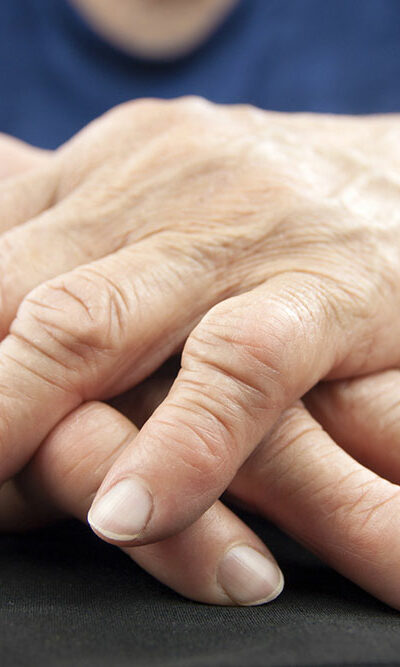
Chronic Diarrhea- Its Causes and Treatment
Diarrhea is a condition characterized by frequent and watery bowel movements. It is caused by bacteria such as salmonella; viruses such as norovirus and rotavirus; or parasites like giardia. They infect the bowel and cause irresistible urges to use the toilet. This can also cause abdominal pain, bloody stool, vomiting, weakness, and tiredness. What Is Chronic Diarrhea? Usually, diarrhea gets resolved on its own within a week. But if the symptoms persist for more than four weeks, it is a case of chronic diarrhea. Chronic diarrhea can be dangerous especially when it leads to extreme dehydration. The frequent watery bowel movements cause excessive loss of water from the body, which leads to dizziness, reduced the amount of urine, lethargy and other problems. This can further lead to multiple infections in the body. What Causes Chronic Diarrhea? The recurring diarrhea episodes can be a result of an underlying health condition such as inflammation in the intestines due to gluten or lactose intolerance, bowel cancer, celiac disease, Crohn’s disease, ulcerative colitis or irritable bowel syndrome. Other causes of chronic diarrhea include certain antibiotic and anticancer drugs. How Is Chronic Diarrhea Diagnosed? Chronic diarrhea is diagnosed by examination of the blood and the stool. Sometimes sigmoidoscopy or colonoscopy is advised to rule out the presence of the inflammatory bowel disease. How Can Chronic Diarrhea Be Treated? Treating Chronic Diarrhea At Home: If you are suffering from chronic diarrhea, it is essential to take proper care of yourself so that the symptoms do not aggravate further. You can make individual steps at home to treat chronic diarrhea or stop it from exacerbating. Avoid Dairy Products If your diarrhea is aggravated by lactose intolerance, try to avoid dairy products like milk and other milk products. This is a great way to treat chronic diarrhea. Go For Gluten Free Food Items If gluten is the cause of diarrhea, avoid foods such as pasta, bread, crackers, wheat starch, and semolina.










